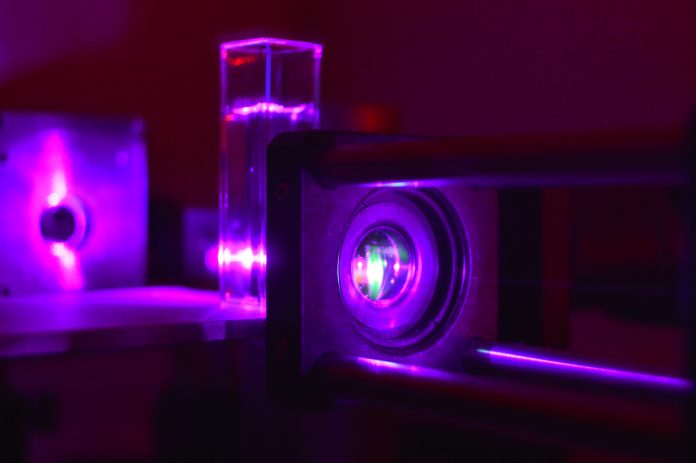The UK’s Central Laser Facility (CLF), operated by the Science and Technology Facilities Council (STFC), has achieved a primary target through the ultra-infrared laser system
As part of a £17 million upgrade project known as HiLUX, the facility’s Ultra infrared laser system has successfully delivered its first light, marking the beginning of a new era in laser science.
The Artemis extreme-ultraviolet laser system is expected to be completed later this year, finalising a significant change that significantly improves the capabilities of the CLF’s world-class laser systems.
Improvements in laser power and precision
The HiLUX project significantly boosts laser performance, increasing output power by 10 to 100 times compared to existing systems.
This leap allows the generation of a wide range of secondary light sources, from low-energy terahertz waves to high-energy extreme ultraviolet light.
These advanced light sources allow researchers to probe the fastest and smallest-scale processes in nature accurately.
From observing molecular vibrations to tracking electronic transitions, the HiLUX lasers enable scientists to investigate nature’s dynamic events in real time and in finer detail.
Transforming experimental research
The upgraded laser systems bring a range of new capabilities to the scientific community.
They allow for simultaneous measurements across different timescales and enable the capture of multiple material properties in a single experiment. Scientists will also benefit from enhanced sensitivity to detect previously hidden signals.
Efficiency is another major positive of this. The facility can accommodate more research projects with more rapid and automated experimentation.
Importantly, the system is designed to be user-friendly, so even non-expert users can quickly reconfigure experiments and get meaningful results.
Supporting breakthroughs across disciplines
This transformation extends the facility’s ability to support high-impact research across various fields. Potential applications include ultrafast physics and chemistry, drug discovery, the development of advanced materials, and fundamental studies into the nature of matter.
The CLF continues to operate as a free-at-point-of-use resource for qualified academic researchers. In addition to academic studies, the facility collaborates with industry partners to address cutting-edge technological challenges.
The HiLUX upgrade is the result of cross-departmental collaboration. The Projects and Mechanical Engineering group from STFC’s Technology Department provided crucial support in mechanical design.
Their work ranged from managing design resources and creating custom mechanical solutions to assisting in assembly, installation, and commissioning.
The new laser systems were manufactured by Light Conversion and delivered through Photonics Solutions, then tailored to meet CLF’s specific scientific and technical requirements.
The future of UK laser science
This £17 million investment boosts the UK’s position in ultrafast laser research.
With HiLUX now operational and Artemis closely behind, the CLF will remain a global leader in laser-driven scientific discovery, powering the next generation of research across science and industry.











